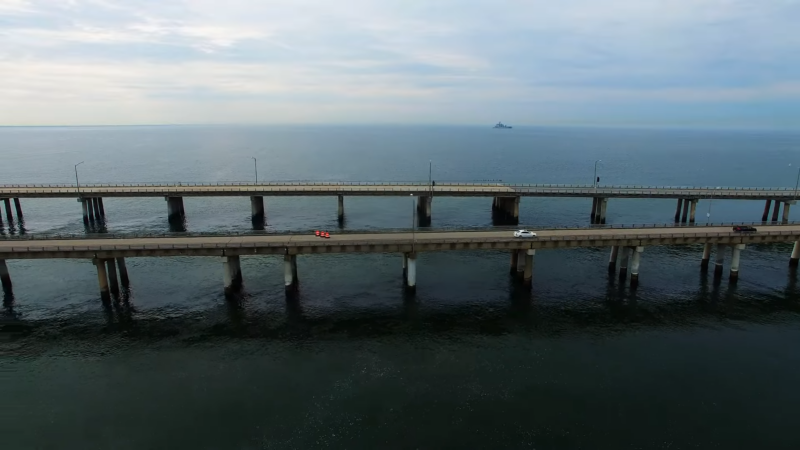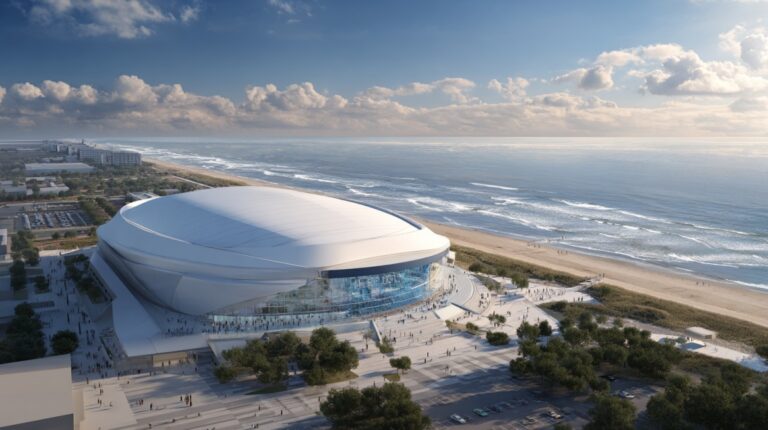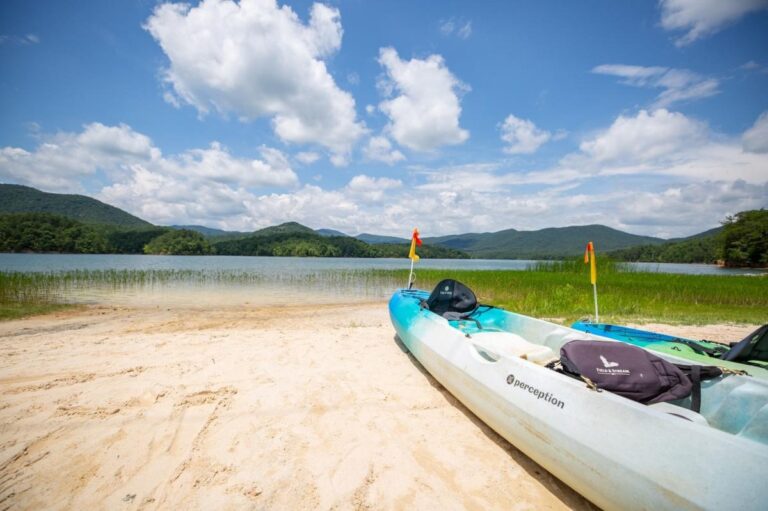The Chesapeake Bay Bridge-Tunnel (CBBT) is a massive piece of engineering that links Virginia Beach to the Eastern Shore. Let’s dive into how we got this incredible structure up and running.
Table of Contents
ToggleEarly Concepts and Planning
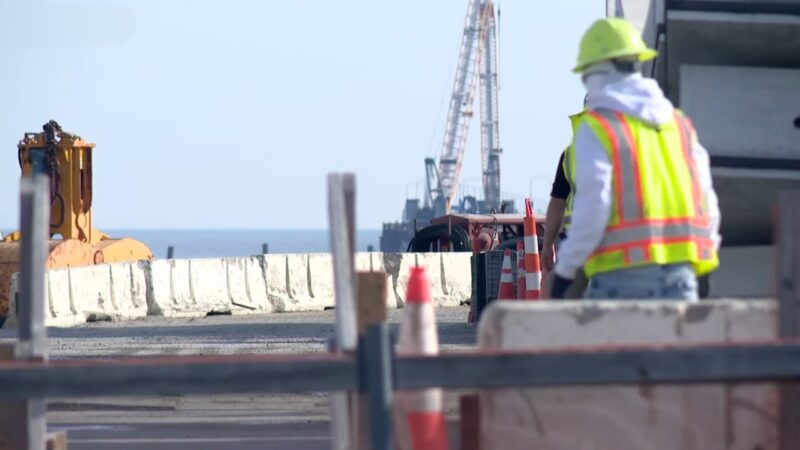
The idea of linking the Eastern Shore to the Virginia mainland was floated as early as the 1930s. By the 1950s, serious planning began, focusing on creating a reliable transportation route across the Chesapeake Bay.
They eventually settled on a bridge-tunnel system, which could accommodate both the depth of the bay and heavy shipping traffic.
Funding the Project
The project was financed through the sale of $200 million in revenue bonds, which would be repaid with toll collections.
This financing method meant that no taxpayer money was used, a bold move that set a precedent for future infrastructure projects.
Engineering and Design
The CBBT had to withstand harsh weather conditions, including hurricanes, and allow for significant ship traffic.
The final design included two tunnels, four man-made islands, and high-level bridges, spanning a total of 17.6 miles of water.
Construction Teams and Workforce
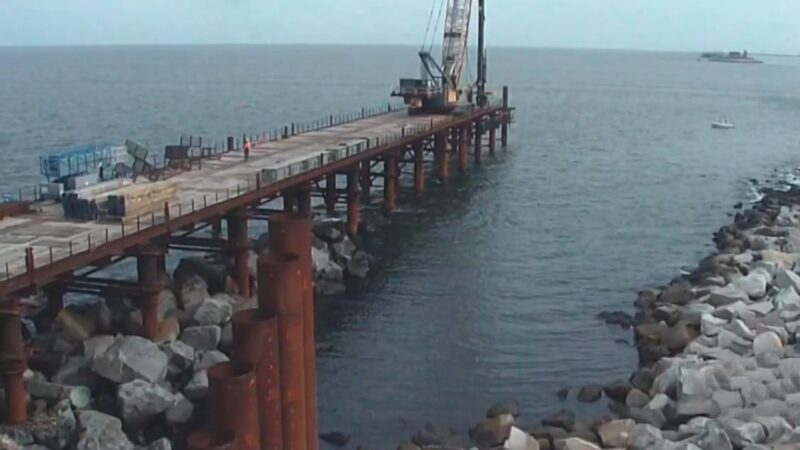
Construction was handled by a consortium of companies, including Merritt-Chapman & Scott, Raymond International, and Tidewater Construction Corporation.
At its peak, the project employed over 2,000 workers. The entire project was completed in just 42 months, opening on April 15, 1964.
Building the Artificial Islands
Four artificial islands were built to house the tunnel entrances. Each one required the dredging and placement of over 3 million cubic yards of sand and gravel, forming stable platforms for the tunnels below.
The raw materials were supplied from across coastal Virginia, including several bulk gravel suppliers in Virginia operations that provided the massive quantities of aggregate needed to stabilize the seabed and support the heavy structural loads. Without such sourcing and logistics, the project would have been nearly impossible to execute on schedule.
Steel sheet piles were driven into the bay floor to form retaining walls, and the islands were then filled and capped to create permanent, serviceable landmasses that still serve as maintenance access points today.
Tunneling Process
The project required two tunnels, each over a mile long, to pass under the bay’s shipping channels. Tunnel boring machines were used to excavate these tunnels, and then precast concrete sections were submerged and connected underwater.
This ensured the tunnels’ structural integrity and minimized disruption to shipping.
Constructing the Bridges
The bridge sections were constructed using pre-stressed concrete and steel girders, designed to withstand the corrosive marine environment.
These spans were assembled onshore, then transported and placed onto piers driven deep into the bay’s bedrock.
Overcoming Environmental Challenges
Construction faced numerous environmental challenges, including hurricanes, strong currents, and shifting sands.
Engineers used techniques like scour protection around piers and regular maintenance schedules to ensure the bridge-tunnel’s long-term stability.
Opening and Initial Operation
The CBBT was officially opened to traffic on April 15, 1964, and it was recognized as one of the “Seven Engineering Wonders of the Modern World” in 1965.
The opening marked a significant milestone, dramatically improving transportation in the region.
Ongoing Maintenance and Expansion
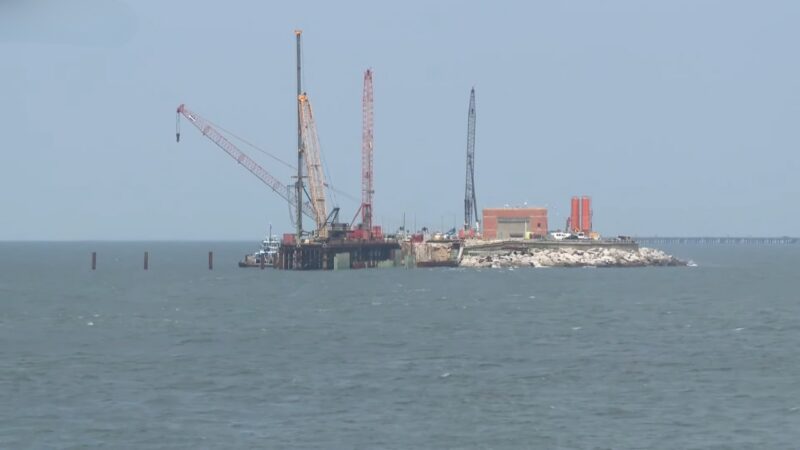
Since its opening, the CBBT has undergone several expansions and renovations to handle increasing traffic.
A parallel crossing project, completed in 1999, added a second set of bridges. Further upgrades continue to be evaluated and implemented as needed.


